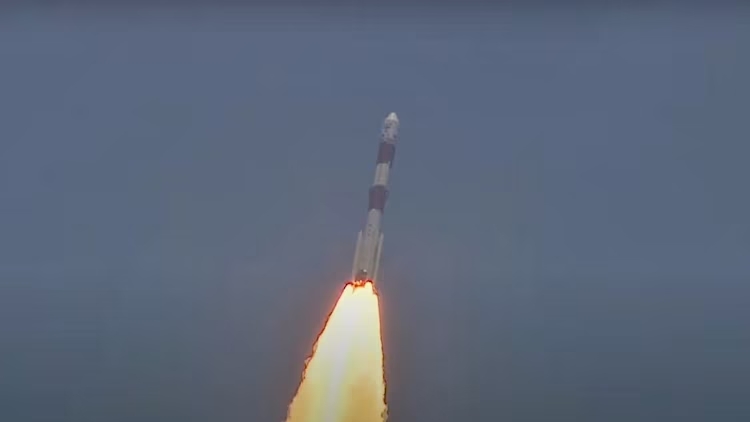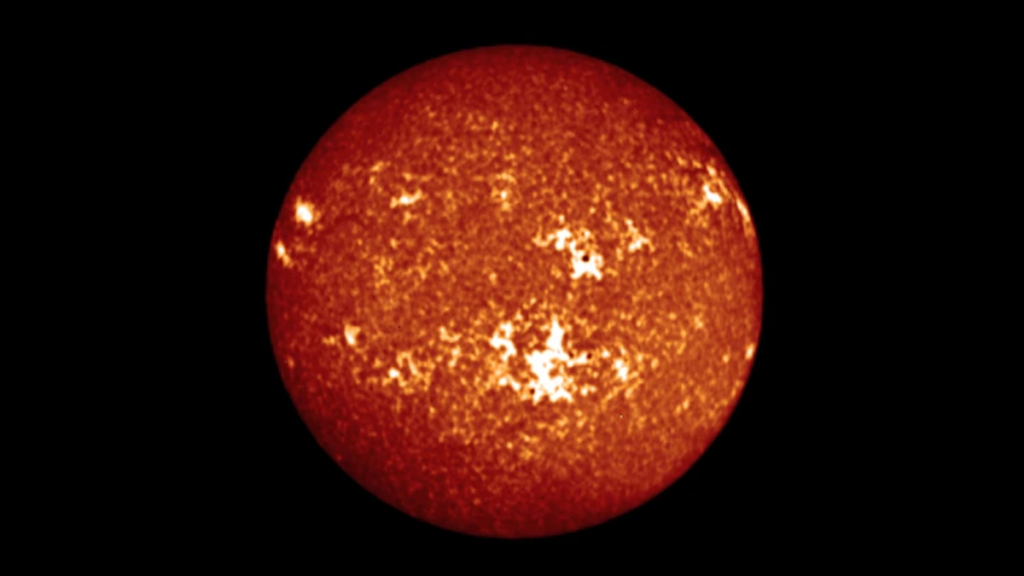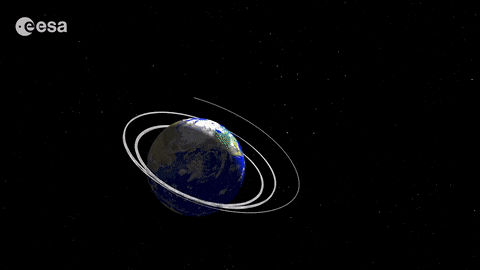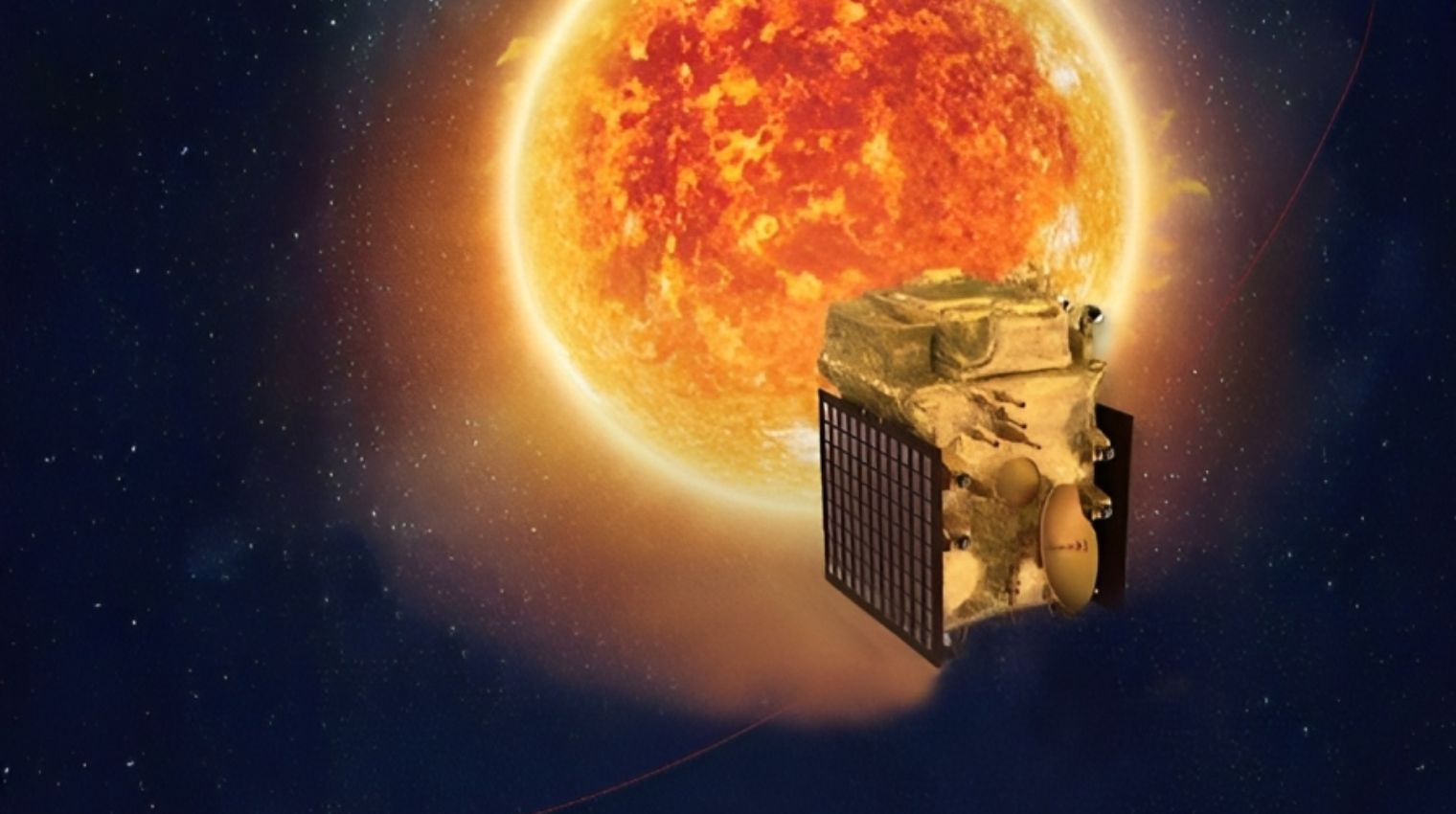India’s Aditya L1 spacecraft is poised to execute a intricate maneuver as it enters the halo orbit encircling Lagrange Point 1 (L1), a location where gravitational forces from the Earth and the Sun are in equilibrium.
Having traversed a staggering distance of 15 lakh kilometers through the frigid vacuum of space, the spacecraft is now in its final phase of the expedition. Isro successfully launched the spacecraft on September 2, 2023, from Sriharikota.
The culmination of this remarkable journey is anticipated to occur on January 6, 2024.

The mission’s critical phase involves the precise navigation and control required for the insertion into L1. Aditya L1 underwent four Earth-bound orbital maneuvers before being injected into a transfer orbit towards L1.
This meticulous process entails thorough planning to ensure that the spacecraft maintains its trajectory and velocity, enabling a successful entry into the halo orbit.
The importance of L1 cannot be emphasized enough. It provides an uninterrupted view of the Sun, enabling Aditya L1 to conduct research on the solar atmosphere, solar magnetic storms, and their effects on Earth’s environment.

The collection of data by the spacecraft, such as Coronal Mass Ejections (CMEs) and interplanetary magnetic fields, is of great importance not only to India but also to the global scientific community.
In order to ensure a successful mission, the team at ISRO must take several precautions. Continuous monitoring and adjustment of the spacecraft’s position and speed using onboard thrusters are necessary to correct any deviations from the planned trajectory.
Furthermore, the spacecraft’s instruments, including the Visible Emission Line Coronagraph (VELC) and the Solar Ultraviolet Imaging Telescope (SUIT), need to be shielded from the intense radiation and particles emitted by the Sun.
The stability of L1, an unstable Lagrange point, presents additional challenges. Regular stationkeeping maneuvers will be performed to maintain Aditya L1’s halo orbit, with adjustments ranging from 0.2 to 4 m/s per year. These maneuvers are crucial to counteract the gravitational influences of other celestial bodies and the pressure exerted by solar radiation.

As the Aditya L1 nears its destination, the mission team maintains a state of constant vigilance, prepared to confront the intricacies of interstellar travel.
The accomplishment of this maneuver will not only be pivotal to ISRO’s capabilities, but it will also open doors to fresh revelations about the enigmas surrounding our Sun and its impact on space weather.

